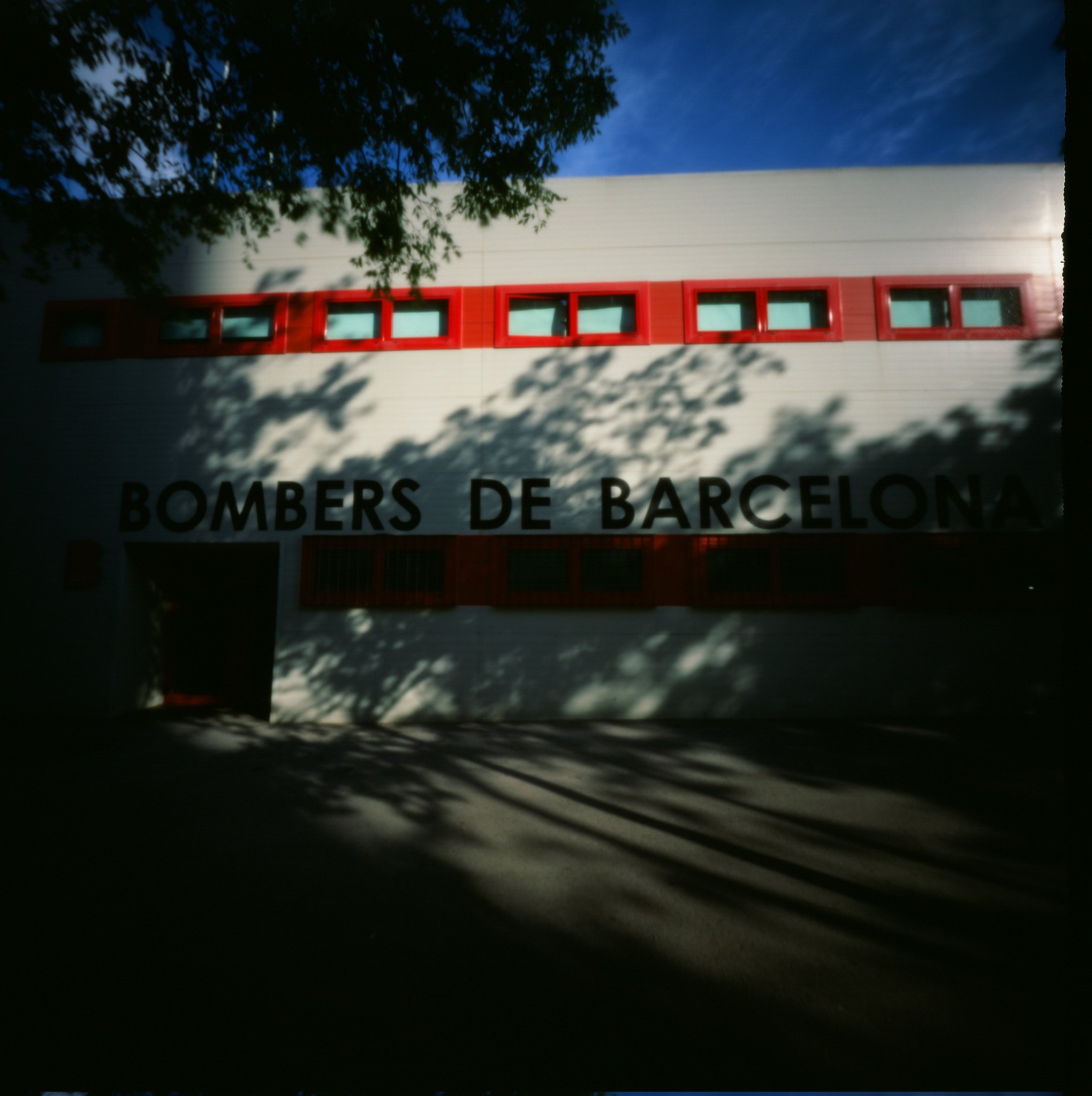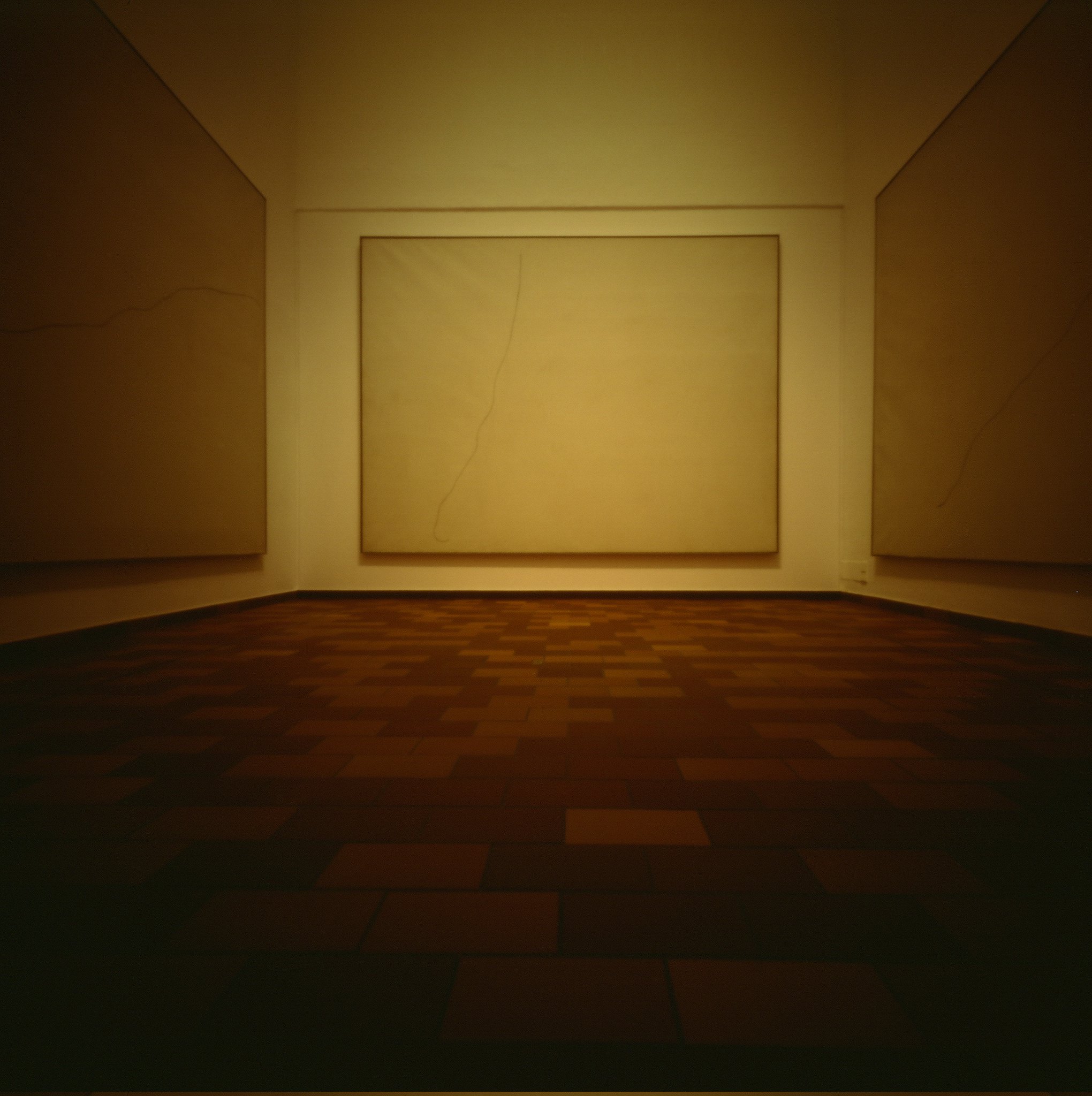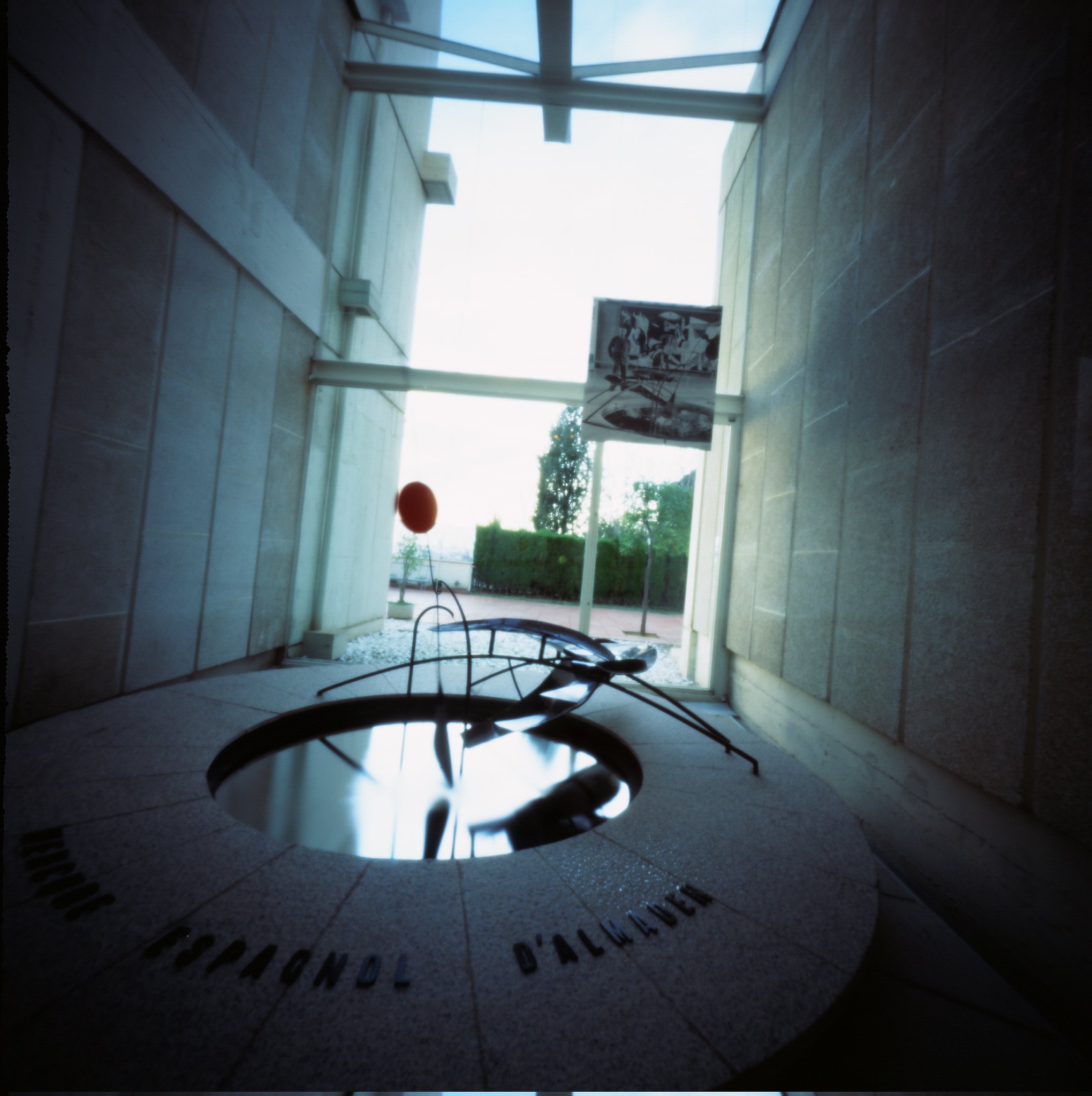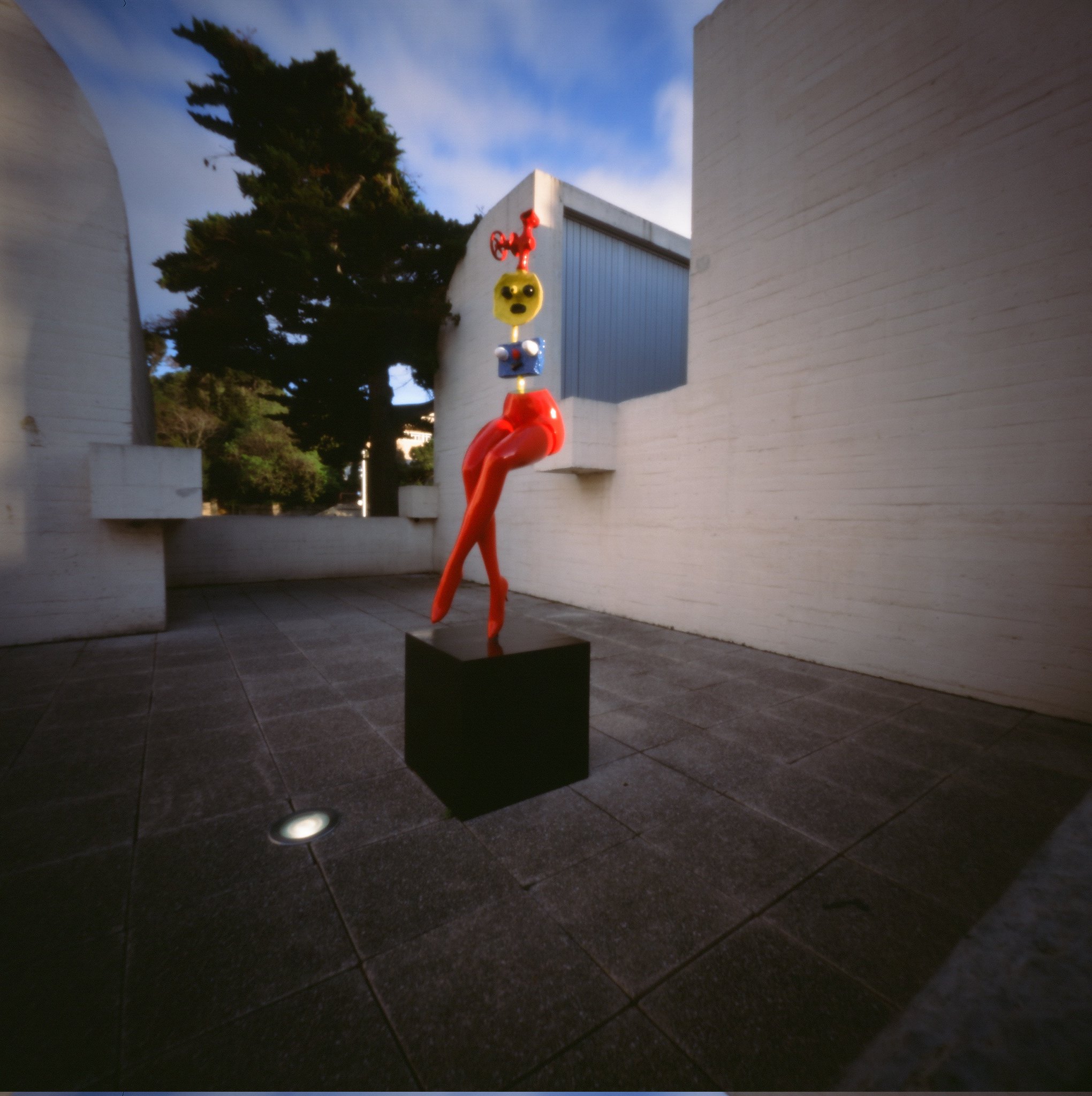Hello Makers, Photographers, and the Curious!
Thank you for your interest in my 3D Printed Pinhole Cameras and photography! Thank you also for trusting me with your private email address so that I may continue our wonderful conversation from last weekend. I will not be sending out any other mass emails after this one. However, PLEASE feel free to reply with questions, thoughts, or suggestions! I am delighted to share my projects, and welcome your emails. Please, also feel free to share this email with people who may be interested.
First things first: I may not have mentioned it, but everyone who gave me an email address (86!) was entered into a drawing for one of my latest cameras, the ACME. The ACME has fewer parts, NO FASTENERS, and is very easy to 3D Print. You can find more information here:
Without further ado, the ACME now belongs to: bgadekenXX@XXXXXXXXXX.XXX
(bgadekenXX, I will be emailing you separately to arrange delivery)
-------- Schlaboratory 3D Printed Pinhole Cameras
For review: I design, 3Dprint, and shoot pinhole cameras.
Before I was 3D printing pinhole cameras, I was building them out of wood and cardboard. I learned a lot about camera design and construction, but it was impossible to share my camera designs and improvements required time and carpentry. After I built my first 3D printer, I quickly tired of printing other peoples' stuff and wondered if I could 3D print a pinhole camera. The PINHE4D used 35mm film, was ghastly to look at, but made real photographs, and worked better than my wooden cameras ever did. 3D printing allowed me to quickly iterate the fit of parts and improvements to the design, and - more importantly - lets people all over the world download, print, and shoot my cameras.
All of my designs are freely available for download:
They are licensed Creative Commons - Attribution - Non-Commercial. That means you can print them, modify them, share them, but you must attribute the original designer(s), and you can't sell them or use them for commercial purposes. I struggle with the non-commercial aspect, but I don't want to see poorly-made cameras on eBay with my name on them. If you have interest in using my cameras in a project, the license allows for exceptions.
Most of my camera designs have basic instructions for printing and assembly, as well as related comments and questions from users. I am always available for help and explanation.
NOTE: You must use an OPAQUE filament when 3D printing cameras!
-------- Pinhole Cameras
A pinhole camera is essentially a light-proof box with a tiny hole and a shutter. An image is projected into the box when the shutter is opened and if there is a photo-sensitive medium (film, paper, digital sensor) in the box, a photograph may be made.
A lensed camera focuses light by refracting it with a lens (or lenses). The pinhole is much smaller than the aperture of a lensed camera and the image is projected from that small aperture. The combination of aperture size and distance from the medium dictates the "speed" of a camera (how much light hits the medium) represented as an f/number. A lensed camera may have as small an f/number as f/22, but a pinhole camera may be much smaller, f/135, f/180, f/256. With less light hitting the film, the exposures are longer, possibly very much longer than with a lens.
The pinhole, itself, is actually not as critical as you might think. Good enough is definitely good enough. Because I tout my cameras as working tools, I am diligent in my process and precision. I make my own pinholes using this methodology:
Additionally, I check my pinholes for diameter and roundness with a digital microscope, but that is probably entirely unnecessary.
Attached to this email, find a mini zine titled Pinhole Photography Short & Sweet (PPS&S.PDF). You can print this out (100% size) and fold it into a tiny booklet. The zine explains the basics of exposure for pinhole photography. Making photographs with a pinhole camera is the essence of photography and will improve all of the photographs you make.
-------- 3D printing
A 3D printer can be thought of as a tiny glue gun, attached to 3-D Etch-A-Sketch, controlled by a computer, following a set of instructions like a player-piano. There are other kinds of 3D printers, but most consumer/educational machines are "Fused Deposition Modeling":
To 3D print a camera:
1. I first design the parts using simple Computer-Aided Design (CAD) tools
2. Save the design in a file format that numerically describes their shape and volume in space (.STL)
3. The STL file is processed with a "Slicer", a bit of software that creates layered tool-pathing for the 3D printer from the original design. The Slicer is configured specifically for the printer and the filament being used.
4. The resulting instructions (GCODE) are fed into the 3D printer in real time by a controller connected to a computer or reading the GCODE from a memory card.
5. The 3D printer "draws" the first layer with molten plastic (remember, like a tiny glue gun), first the outline, and then filling in interior spaces. The plastic is precisely fed into the "extruder" (the tiny glue gun) as a thin filament from a spool. Large volumes of plastic needn't be solid, "infill" is a variable parameter.
6. After the first layer is drawn, the extruder is lifted a tiny bit, and the next layer is drawn on top of the first. And so on. The layer height can vary - I use 0.25mm for my prints, but most printers are capable of finer resolution, at the expense of print time.
Despite the details and complexity of my cameras, I use very simple, FREE design software:
TinkerCAD https://www.
OpenSCAD http://www.openscad.
Here's a video of my first printer, a Printrbot Plus, 3D printing a 3D printer part:
Attached, also find a poster (how-3d-printing-works.pdf)
I started with a laser-cut plywood Printrbot Plus kit from: http://printrbot.com/
I used that to print the parts to two RepRap 3D printers: http://reprap.org/
but I mostly use a Lulzbot Taz 4 these days: https://www.lulzbot.com/
-------- My photography
I share every photograph I make with my cameras. Pinhole photography needn't be an unpredictable process with "happy accidents". If you understand your camera, film, and exposure, you will create the photographs you imagine in the scenes you see.
My photos are grouped by camera or subject and should be in reverse chronological order:
-------- Links / Resources
Worldwide Pinhole Photography Day is the last Sunday of April
I organize regular pinhole photography meetups in the Seattle area, the Seattle Camera Obscura Photography Enthusiasts Society:
Mr. Pinhole Pinhole Photography and Camera Design Calculators
PinholeDesigner 2.0, a Windows application for pinhole camera design (runs great under WINE)
I sell my cameras through Tindie. If you are interested in purchasing an assembled camera, let me know. I only have a couple of designs posted, but I can sell you anything.
I recently shared my pinhole photography with Alex Yates, on pinholista.com
I was selected as MatterHackers' "Hacker of the Month" for Sept 2016
The Schlaboratory has a Facebook page:
I was named one of MAKE: magazine's 100 Makers to Follow on Twitter:
@theschlem
I have a blog about my pinhole photography:
I wrote an article for MAKE: Magazine no. 41 on how to build one of my early cameras, the P6*6:
My first photo books is available on Amazon:































